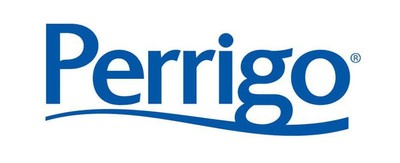
Perrigo Company(PRGO) is another company with a spinoff heritage returning to our pages. Back in 2013, Perrigo acquired the Elan Corporation for $8.6 billion. Elan had completed its spinoff of Prothena(PRTA) in late 2012. Perrigo subsequently sold the Tysabri royalty stream acquired with Elan to Royalty Pharma for up to $2.85 billion. Today, Perrigo’s market capitalization stands at under $5.5 billion.
Most recently, Perrigo was dealt a blow when it revealed that the Irish government had informed it that Elan had underpaid taxes in 2013 by $1.8 billion, saying that the company had misclassified income from its sale Tysabri to Biogen(BIIB). The company vehemently denies this and defends its accounting treatment as correct. The tax bill, which does not include penalties or interest, would be disastrous for the company.
This tax bill comes as the company is already in turmoil. In August the company announced that it intended to separate its struggling prescription pharmaceuticals business. This would allow the company to focus on its consumer business:
The Rx business serves patients and health systems with ‘extended topicals’ medications, to treat ailments at more affordable prices. The differentiated and diversified portfolio includes topical generic medicines in multiple dosage forms, including creams, foams, mousses, gels, liquids and inhalable products.
The company hopes to complete the separation in the second half of 2019. While a spinoff, a sale or a merger are all listed as potential transactions, it is hard to imagine this division fetching a reasonable price in a sale. Third quarter numbers tell a grim story for the RX business.
Three Month Comparison
2018
2017
The business is rapidly declining and, in this environment, a spin off may be the only reasonable path to separate it. The company has no indication of improvement.
In October, after the company had completed Q3 but not yet reported it, the Board acted and Murray Kessler became the company’s third CEO in three years. Mr. Kessler’s background is in consumer products, and the company continues to pursue a separation.
On August 9, 2018, we announced a plan to separate our RX business. We have begun the preparations for the separation of our RX business, which may include a possible sale, spin-off, merger or other form of separation. We believe the separation, which we currently are targeting to be completed during the second half of 2019, will enable us to focus on expanding our leading consumer businesses. In connection with the proposed separation, we anticipate incurring significant preparation costs, excluding restructuring expenses and transaction costs, in the range of $45.0 million to $80.0 million depending on the final structure of a transaction, with a spin-off resulting in costs at the higher end of this range.
Assuming the company can survive the existential threat of its large Irish tax bill, a spinoff seems like the most likely outcome of the separation process. But with the business deteriorating daily, it is unclear how much value it might provide to shareholders.
Disclosure: The author has no position in any stock mentioned